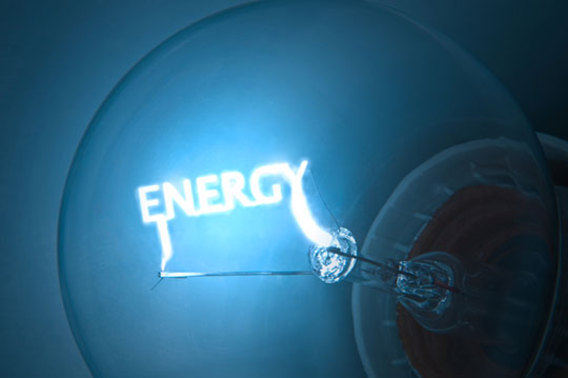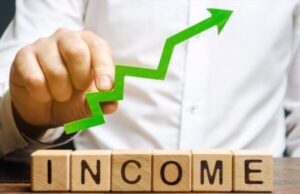Last updated on January 8, 2017
Electric meters record how much energy one actually uses, in contrast to the estimate the energy supplier uses for each bill. This helps to decide whether one can get a better rate by switching energy supplier.
It is crucial to take accurate electricity meter readings from your electric meters because this ensures that you don’t pay more than you need to. Following are some of the most common types of electricity meters:

-
Standard meter or electric mechanical meter: This is the most common type of electric meter. It uses a mechanical display in order to show your readings. You’ll have to take a reading of five black numbers from left to right, ignoring any red numbers, if present.
-
Single-rate digital electricity meters: Electricity meters measure energy use in kilowatt hours (kWh). A single-rate meter has one set of numbers to refer to. Write down all the numbers before the decimal point, from left to right. Ignore any numbers after the decimal point, which may be shown in red.
-
Dial electricity meters: These meters look like small traditional clocks and are slightly more complex. It shows a series of clock-style dials with numbers from zero to nine. Each dial turns in the opposite direction to the dial before it. When reading your dial meter, always remember that dials next to each other go round in opposite directions. Read the numbers on the dials from left to right, ignoring the last red dial if it is present, or any dials without figures or hands. If the needle is between two figures, write down the figure the dial has just passed. The reading now needs adjusting to make allowances for any small variations in the pointer positions. If the figure is directly over the figure, say 5, write down that figure and underline it. Look at the figure which is underlined. If one of those numbers in the sequence is followed by a 9, reduce the underlined figure by 1.
-
Variable-rate electricity meters: Economy 7 or White Meter meters have two displays or have the ability to switch between two different displays with readings for daytime and night energy use. The display marked ‘low’ or ‘night’ shows how many units of off-peak electricity you have used. The display marked ‘normal’ or ‘day’ shows how many units of peak electricity you have used. For taking a reading, write down the numbers from both displays, ignoring any figures in red. Economy 7 meters have the capacity to display two readings. Economy 10 meters have an additional display to record the electricity you use during three different time periods instead of two- including daytime use.
If you are switching your electricity supplier, your new company will supply electricity using your existing meter and cabling. If your exact meter can’t be located during switching, the supplier will ask you for your meter point administration number (MPAN), which is also known as your ‘supply number’ or ‘S’ number.
For more information, you can call on Extra Energy Contact Number and get in touch with its dedicated team.














Be First to Comment